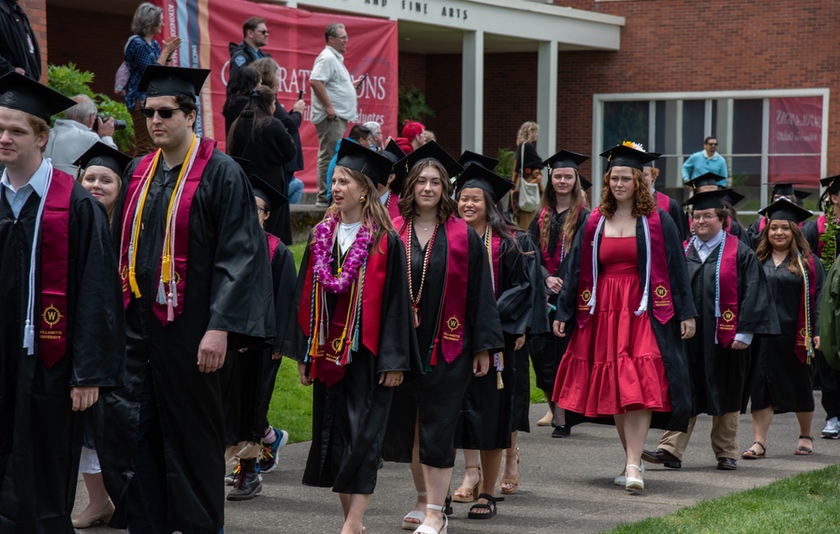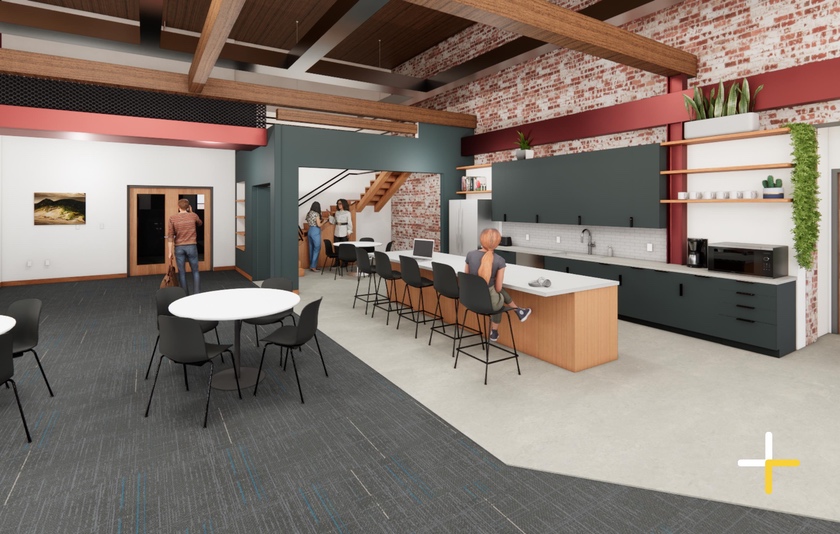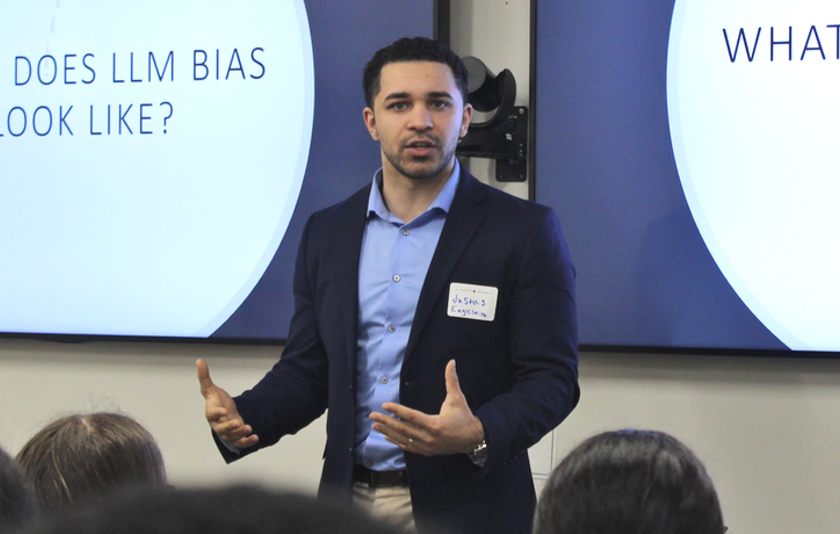Isabella Stone BS’24 discovered her love for trees at Willamette. She became enamored with dendrochronology (the science of dating trees) in a class with Professor Emerita of Environmental Science Karen Arabas and joined the Growing Oaks Team, a group funded by Willamette University’s Community Action Fund for Equity and Sustainability (CAFES) committee, to help efforts in the restoration and conservation of the Oregon white oak.
Stone was encouraged by a fellow classmate to apply to the highly selective, 11-week Harvard University Forest Summer Research Program funded by the National Science Foundation. During a rainy season with agreeable temperatures, Stone often ventured alone into Harvard’s 4,000-acre research forest with only a self-made map to guide her through plots of research trees. She checked the development of seedlings, tagged new growths, and noted gaps in the overhead canopy.
“My project focused on how seedling regeneration was impacted by canopy gaps,” she shares. “I had several questions: How long does it take for seedlings to reach the sapling stage? How many seedlings actually reach that stage? Is there an age and height relationship? How does access to light created by gaps in the canopies impact all of this?” Stone was paired with a Ph.D. student from the University of Florida and his mentor to investigate these questions.
After diligent observation in the forest, Stone spent the last two weeks of the program in the lab examining her samples. Data from the field, the heights of seedlings, survival rates, and canopy conditions were then used to run simulations to better understand the rate at which it takes for seedlings to develop. All of this culminated in understanding the growth of forests and the impacts of canopy gaps.
“It takes a lot of time to become a tree,” she found, noting that at the top of their range, only one of 700 seedlings will make it to sapling height during a process that could take 20-30 years.
Her research on canopy gaps and tree growth revealed the importance of maintaining already-existing forests and planting new trees. “These trees are culturally, economically, and ecologically significant,” she adds.
Applying many of the research methods she learned in her dendrochronology and forest management classes at Willamette, Stone discovered her work in the Harvard Forest amplified her knowledge of tree growth and healthy forests. After graduating this spring, Stone plans to apply to the U.S. Forest Service, Institute for Applied Ecology, and field and lab technician jobs before pursuing graduate-level studies. As she builds experience in the field, Stone hopes to continue supporting healthy trees and forests as an ecologist, deepening a passion first nurtured at Willamette.




